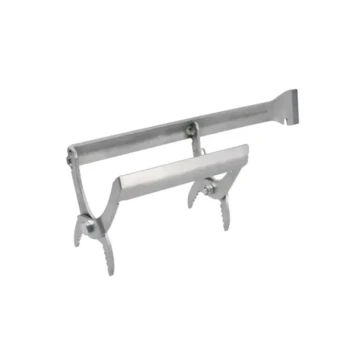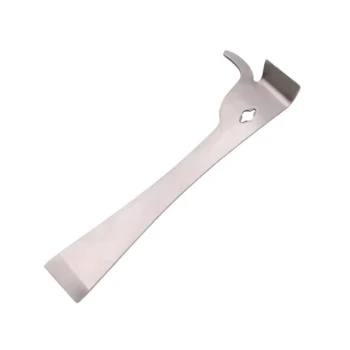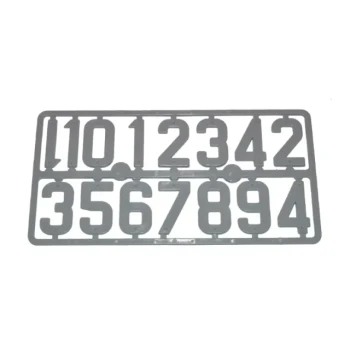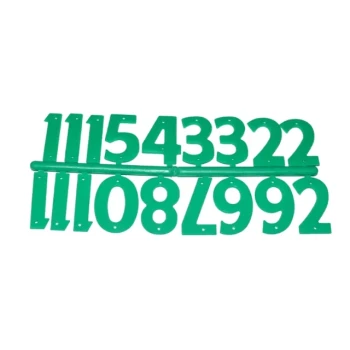The ideal time to move a bee nuc into a 10-frame hive is during the late spring. This timing aligns with the colony's natural growth cycle, taking advantage of warmer temperatures and the abundance of nectar and pollen. However, the calendar is only a guide; the colony's specific condition is the most critical factor.
The decision to upgrade a nuc to a full-sized hive should be driven by the colony's readiness, not a specific date. A successful transfer depends on observing the bees' population and resource levels to ensure they are strong enough for a larger space.
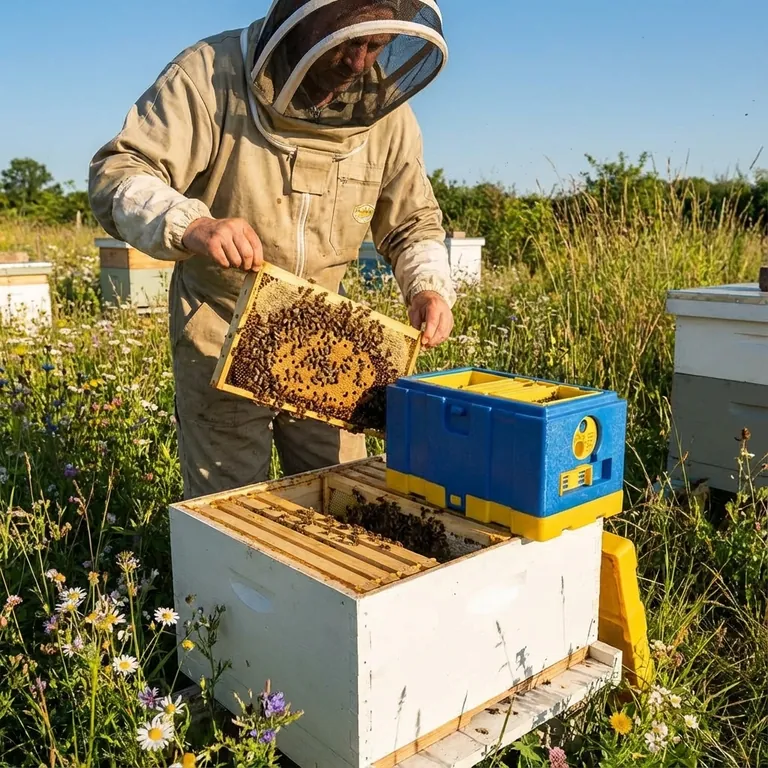
Why Late Spring is the Standard Recommendation
The advice to transfer a nuc in late spring is based on giving the colony the highest possible chance of success. This season provides a powerful combination of internal drive and external support.
Aligning with Natural Colony Expansion
Spring is when a honey bee colony is biologically primed for explosive growth. The queen bee significantly increases her egg-laying rate, and the population expands rapidly to prepare for the main summer nectar flow.
Favorable Environmental Conditions
Warmer temperatures are crucial. Bees need to maintain a consistent brood nest temperature of around 95°F (35°C). Moving them into a larger space too early in the season forces the small cluster to work much harder to generate heat, stressing the colony and slowing its development.
Abundant Natural Resources
Late spring coincides with the nectar flow, when flowers are producing ample nectar and pollen. This flood of resources provides the fuel and protein necessary for the bees to draw out new comb, raise brood, and build up the stores needed to fill a 10-frame hive.
Reading the Colony, Not Just the Calendar
A specific date is less important than the tangible signs of readiness within the nuc itself. A strong nuc will tell you when it's ready for more space.
The 70-80% Rule
The most reliable indicator for a transfer is population density. A nuc is generally ready to be moved when the bees are actively using 70-80% of the frames. This means you see bees covering the majority of the comb on at least three to four of the five frames.
Assessing Brood and Stores
Look for a healthy, laying queen with a solid brood pattern. You should see frames containing eggs, larvae, and capped brood. The presence of stored pollen and nectar confirms the colony is successfully foraging and has the resources to support its expansion.
Observing Population Density
A crowded nuc is a clear sign it's time to move. If you open the lid and find bees clustered between all the frames and even on the inner cover, they are running out of room. Waiting too long at this stage increases the risk of the colony swarming.
Understanding the Trade-offs and Risks
Timing a transfer involves balancing the need for space against the colony's ability to manage that space. Both acting too early and waiting too long have significant downsides.
Moving a Nuc Too Early
Transferring a weak colony into a large, empty box is a common mistake. The small population will struggle to heat and defend the cavernous space, leading to chilled brood, slowed growth, and vulnerability to pests like wax moths or hive beetles.
Moving a Nuc Too Late
If you wait until every last inch of the nuc is full, the colony may feel "honey bound" or "brood bound." This sense of congestion is the primary trigger for swarming, which can cause you to lose your queen and more than half of your bees.
The Late Fall Dilemma
Attempting a transfer in late fall is generally not recommended. The colony is contracting its population for winter, and there are insufficient resources available. In most climates, it is far safer to overwinter the bees in the snug nuc box and perform the transfer the following spring.
Making the Right Choice for Your Colony
Ultimately, your decision should be based on a combination of seasonal timing and direct observation.
- If your primary focus is preventing swarms: Transfer the nuc as soon as it meets the 70-80% rule during a stable warm weather period in late spring.
- If your primary focus is colony survival: Be patient and wait until the population is undeniably strong and resources are plentiful before giving them a larger home to manage.
- If you acquire a nuc in late summer or fall: Plan to overwinter it in the smaller nuc box, as this gives the colony the best chance of surviving until the next spring.
Trusting your colony's signals over the calendar is the key to a successful and thriving hive.
Summary Table:
| Timing Factor | Key Consideration | Key Indicator |
|---|---|---|
| Best Season | Late Spring | Warmer temperatures, abundant nectar/pollen flow. |
| Colony Readiness | 70-80% of frames are occupied. | Bees are crowded, with a healthy brood pattern. |
| Risk of Moving Too Early | Weak colony struggles in large space. | Vulnerability to pests, chilled brood. |
| Risk of Moving Too Late | Colony becomes honey-bound, triggering swarming. | Loss of queen and bees. |
| Late Summer/Fall Acquisition | Overwinter in the nuc box. | Gives the colony the best chance of survival. |
Ensure a Successful Hive Expansion with the Right Equipment
Upgrading your bee nucs at the right time is critical for a thriving apiary. Equip your operation with durable, high-quality 10-frame hives and beekeeping supplies designed for commercial success.
HONESTBEE supplies commercial apiaries and beekeeping equipment distributors with the reliable wholesale equipment needed to support strong colony growth and maximize honey production.
Contact our team today to discuss your apiary's needs and explore our wholesale catalog. Let us help you build a stronger, more productive beekeeping business.
Visual Guide
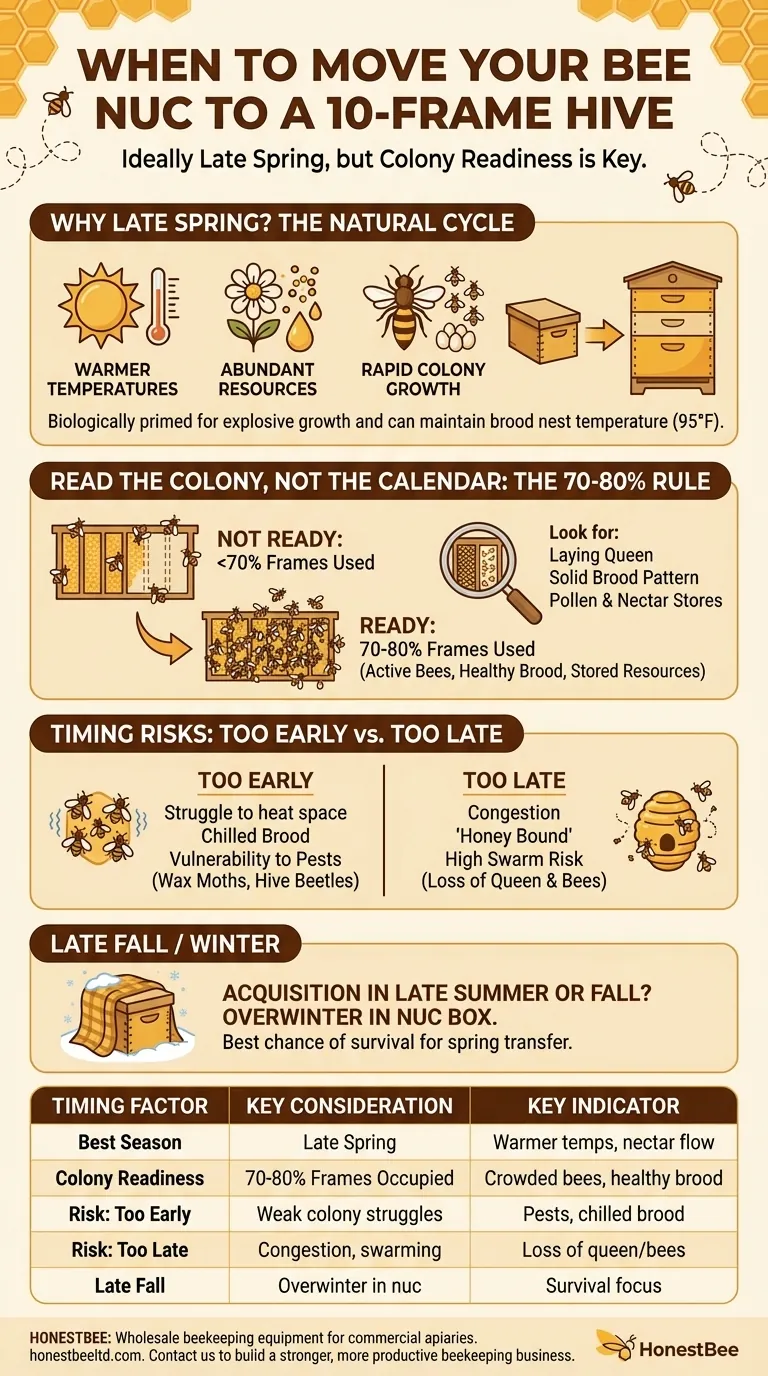
Related Products
- 4 Frame Plastic Nuc Boxes for Beekeeping Bee Nuc Box
- HONESTBEE Professional Long Handled Hive Tool with Precision Cutting Blade
- Professional Dual-End Stainless Steel Hive Tool for Beekeeping
- Multi-Function Plier-Style Frame Grip Hive Tool
- Professional Multi-Function Stainless Steel Hive Tool
People Also Ask
- What are the advantages of choosing a nucleus hive over a package of bees? Get a Head Start with a Pre-Established Colony
- Why is a sound knowledge of beekeeping basics important when working with nuclei? Unlock Your Apiary's Full Potential
- How does colony growth differ between nucs and bee packages? A Guide to Faster Beehive Buildup
- How does installing a nuc differ from installing a bee package? A Guide to Starting Your Hive Right
- What are the benefits of maintaining a nuc in beekeeping? Gain Control and Resilience for Your Apiary



